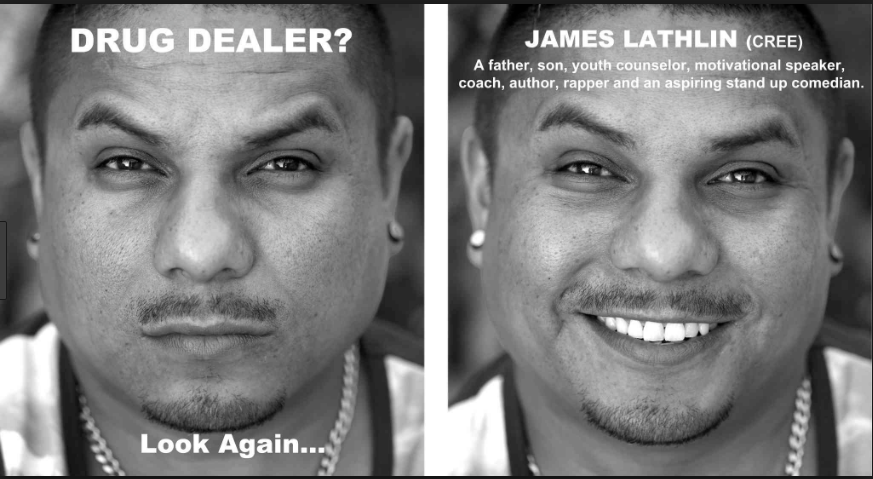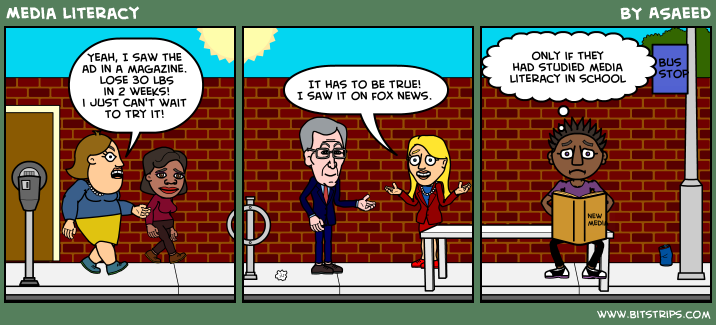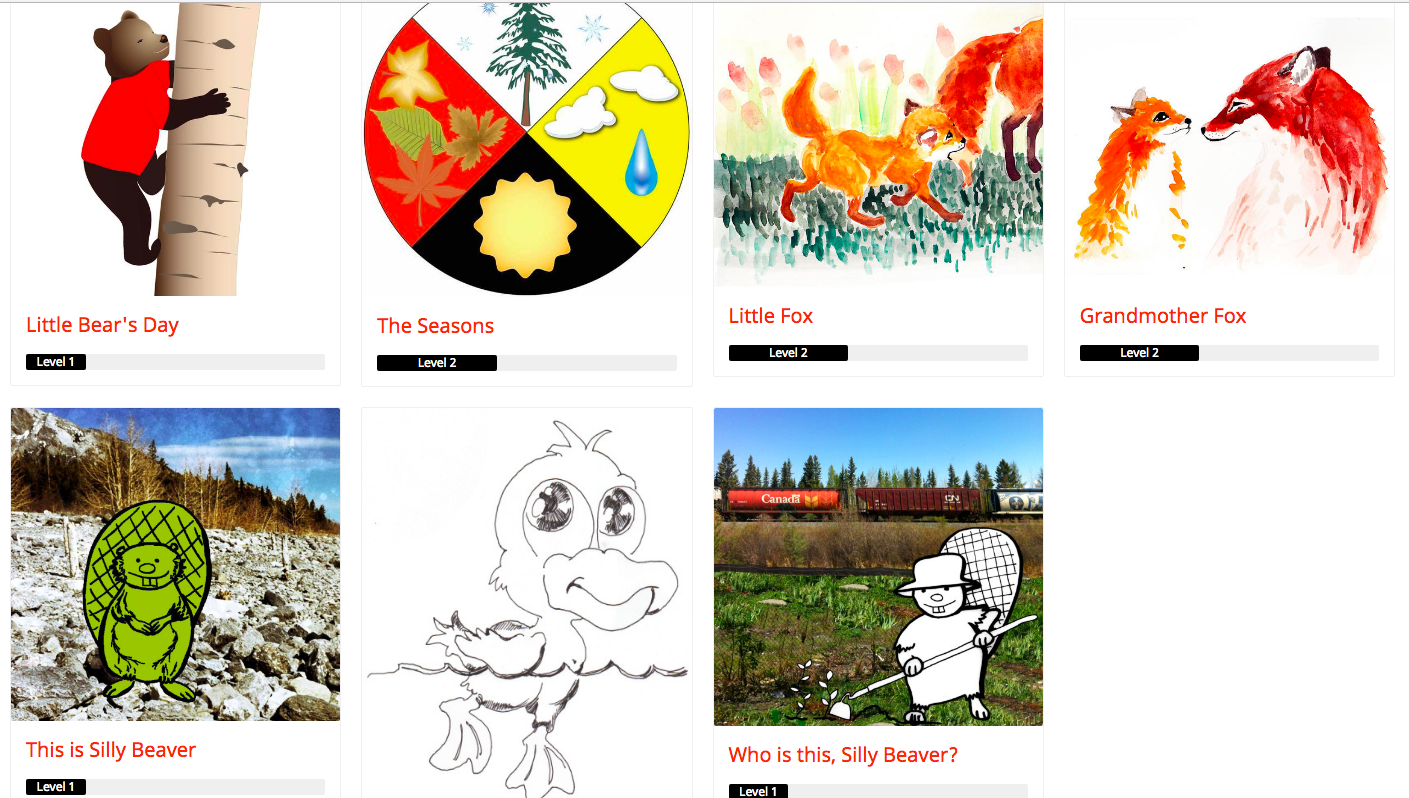https://www.cbc.ca/news/canada/manitoba/manitoba-board-game-controversy-1.4816975
This article is about a board game called ‘Manitoba,’ which is a product of DLP Games. The makers of this game have been accused of inaccurately portraying Indigenous Peoples; these depictions have been done in a way that enforces cultural appropriation and the stereotypical ideas of Indigenous People. I think this would be a great conversation starter with students and asking them what they observe and go from there.

This is one of the images associated with the game.



